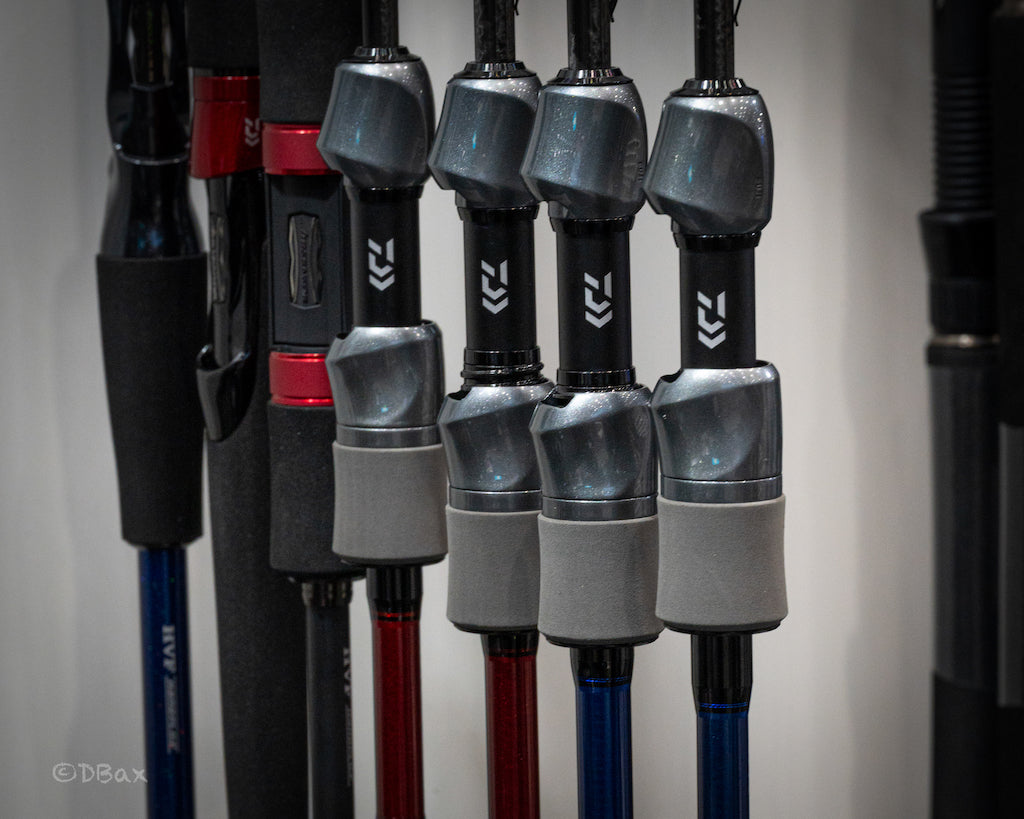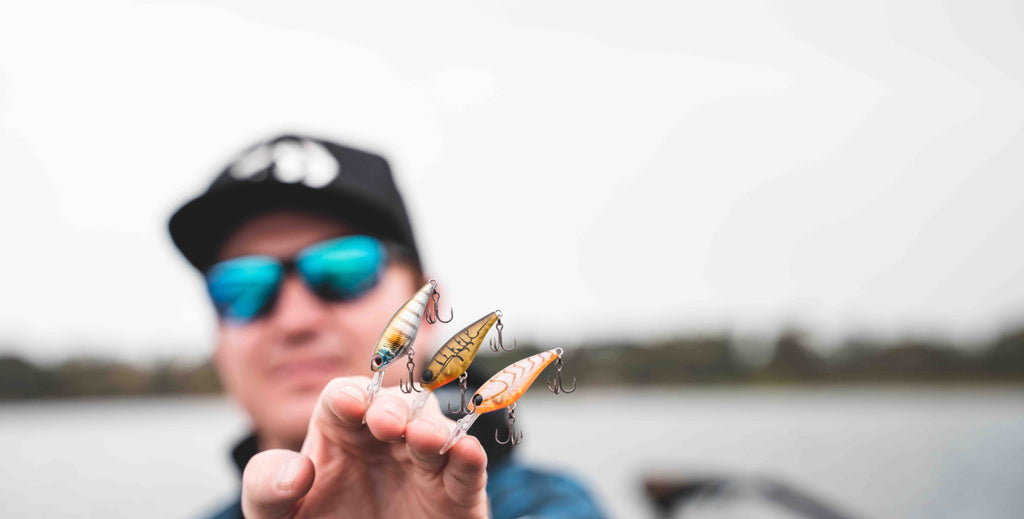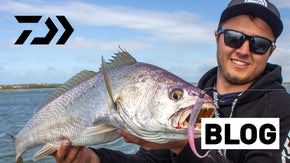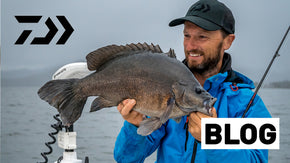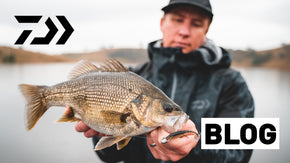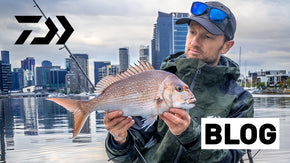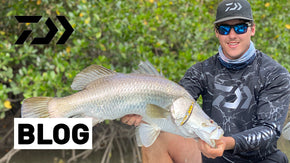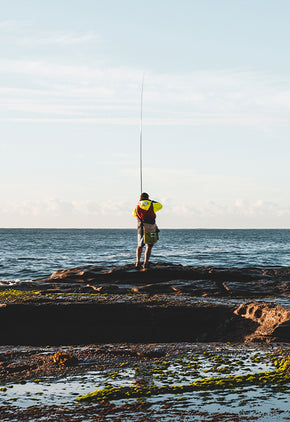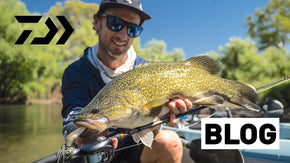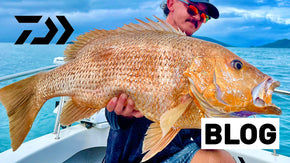Posted 12th January 2024
How to Go Kayak Fishing


By Robert Thornton
Kayaks offer a lot to any avid outdoor explorers, but particularly anglers. Whether you are land-based and looking to step into the vessel realm, or an already experienced boater looking to get into places where boats cannot, or simple just want to feel more at one with nature, kayaks provide an invaluable link for anglers wanting more from their fishing.
Within the world of kayaks there’s so many different shapes, sizes, intended purposes and even materials that they’re made from. This blog will break all this down and hopefully help you decide whether kayak fishing is for you, and if so, some items and additional accessories that will make your kayaking experience more pleasant and comfortable.
But before we get into that let’s look at kayaks themselves and where they come from!
Kayak history
A kayak is a type of canoe, but one that is more compact and flatter in design than a normal canoe, and traditionally operated by a double-bladed paddle. Kayaks of this kind have been used for fishing and hunting for at least 4000 years by various Inuit, Aleut and Yup’ik groups. The word ‘kayak’ comes from a language spoken by the First Peoples of Alaska.
These days fishing kayaks range from small inexpensive thrashers suited to confined waterways to long, pedal-powered models designed for offshore waters. Most are made from polyurethane, but some from fibreglass, occasionally wood, and there are also inflatable kayaks made from PVC and other synthetic rubbers. Ancient kayaks were made by stretching seal and other animal skins over wood or whalebone frames to keep them nice and light.
Millennia after their beginnings in the Arctic circle, kayaks are still a favoured watercraft by many. Kayaks have endured because they’re light, portable, cost very little to buy or build, and they allow hunters and anglers to approach their quarry quietly. When it ain’t broke, don’t fix it!

Why a kayak?
Anglers have also been using other portable craft like float tubes and kick boats for a few decades, and the recent uptake of stand-up paddle boards (SUPs) for fishing has many manufacturers rubbing their hands together no doubt. While these creations have their place, they still don’t offer the overall utility and functionality for an angler that a well set up kayak does – at least in my opinion.
Polyurethane kayaks give the user much more freedom to manoeuvre and hold more equipment than most float tubes, plus they are far more durable than any fibreglass SUP. As a bonus, fishing kayaks are designed to keep everything (including the angler) dry, allowing you to fish longer in relative comfort.
Even when compared to boats and other larger vessels they come out on top in many respects. With kayaks there’s no rego, an easy and uncomplicated clean-up after saltwater use, they are easy to store and transport, and the maintenance required for these over-sized plastic surfboards is virtually nothing.
You may be thinking that kayaks limit the places you can go, but this is only partly true. In good weather specially-designed kayaks can be taken offshore to target oceanic species – in fact the traditional seal skin kayaks were used for exactly that!
In general, I would argue that kayaks open up far more water for anglers than they close off, but in saying that most kayaks are usually designed with specific applications in mind.
Let’s now look at a few different kayak types, their strengths and how to set them up.
Small paddle kayaks
Small one-person kayaks are a great way for beginner anglers to start exploring more of their local waterways. They are also great for experienced anglers who want a vessel to explore waterways that are too confined, shallow or otherwise inaccessible to boats. They can be ‘sit-on’ or ‘sit-in’ designs, meaning basically they either cover your legs or they don’t, and can be easily manoeuvred by a double-bladed paddle.
Kayaks like this are great because they are inexpensive (small paddle kayaks can be bought at under $200 second-hand), light enough for one person to easily carry, and can be launched and paddled virtually anywhere there is water.
I use a kayak that fits into this category, and with it I can get into the overgrown, mosquito-ridden, and muddy-sided creeks that even the smallest tinnies can’t push up to. I owe many of my most memorable bass, Murray cod and mangrove jack sessions to this kayak, which is currently 14 years old.
If you plan to set up a kayak like this, there’s a few little accessories I would classify as essential. Firstly, you’ll want some sort of dry storage for your tackle, tools and gadgets. Daiwa’s Premium Dry Backpack is perfect for protecting your equipment. Small and cheap yaks rarely have enough built-in dry storage for anyone wanting to take more than a few small items, so the Dry Backpack is ideal for anglers. It can be clipped around any rigging rope or handles on the kayak to prevent it from drifting away in the event of a capsize and will keep your possessions absolutely dry even when completely submerged.
The second thing is so simple but is very useful: rope! A short length of rope at either end of the kayak makes can make or break your early experiences. It doesn’t sound like much, but when you’re launching and retrieving in difficult places, dragging the ‘yak through shallow water often, or if you need to tie the kayak off to something, rope is your best friend.

Small pedal kayaks
Pedal-powered kayaks have pros and cons. Pedal kayaks negate the need for a paddle, which frees up a lot of space and allows you to use your hands while on the move. Another huge positive for anglers is the pedals are great for manoeuvring while connected to powerful fish! They are also more energy efficient, which is why they are favoured for covering more distance and by older anglers who aren’t as fit as they used to be.
The cons of having pedals is that they are more expensive, are difficult to use in shallower places and risk incurring damage when they bottom out, plus they make manoeuvring quickly a little harder.
Anglers fishing in estuaries, lakes, canals, and some open waters will get optimal performance from these designs, and they are available in a range of sizes.
Dry storage and rope are useful things to have in a pedal kayak, however many pedal models have built-in hatches and pouches for dry storage, and they tend to be used in more open places with good access where ropes are not as necessary.
With the extra room you have for tools and other bits in these yaks, Daiwa’s D’Magnet 1.5kg is a good way to secure your pliers, forceps and line cutters. Once you’ve added your tool to the D’Magnet, you can simply detach it when you need it and re-attach it when you aren’t.
Two-person kayaks
While less common in angling, two-person kayaks have their place and are a great option for kayakers with more specific needs. If you’re fishing with a spouse, partner, child or just someone who’s less experienced than yourself, two-person kayaks are a good way to do it. Being in the same kayak with someone who is less experienced is far safer option for them, but it’s also just a great way to spend quality time with someone special.
There are paddle and pedal two-person yaks, and the pros and cons of one-person kayaks apply to the dual models as well.
Because they are usually longer, they are less manoeuvrable than most one-person kayaks, however they also tend to have a heavier weight capacity, even with two people aboard. Because of this, two-person kayaks can be very useful on multi-day trips where camping gear needs to be carted from one campsite to the next.
One drawback specific to these designs is that both anglers (but particularly the person at the front) need to be constantly checking to ensure they don’t put hooks into the other angler when casting. It’s not a big issue if you’re careful, but it’s worth keeping in mind if you’re considering buying a two-person kayak.
Offshore kayaks
Offshore kayak fishing has been growing in popularity for the past few decades, and many offshore kayakers prefer to hit the big blue in a yak rather than a boat!
Aside from being launchable (for experienced kayakers) from most beaches on a good day, they also allow the angler to approach skittish pelagic species quietly! On top of that, there’s no fuel bill and the clean-up at the end of the day is a breeze compared to a boat!
Offshore kayaks can be paddle or pedal-powered but tend to be the latter because of the longer distances covered offshore. They are usually longer and more hydrodynamic to aid in efficiency and will often have ample dry storage built-in, along with surfaces for mounting things like rod holders, sounders and other gadgets.
Kayaking offshore is not something you can just jump into, and a good knowledge of the waters you intend to fish is necessary. Safety devices like PFDs, EPIRBs, flares and PLBs are not only a great idea to have on offshore kayaks, but a legal requirement in some states, so check with your local authority.
Daiwa has a few products suited to chasing big adversaries in the ocean from a yak and one of the best ones is the Insulated Fish Bag. Available in 70, 100 and 150cm sizes, this is the most space-efficient method of looking after harvested fish. Just like an icebox or esky they will keep your catch fresh and prevent any ice from melting too quickly without the added weight of an icebox. An Insulated Fish Bag is ideal for bluewater yakkers who love a feed of tuna, mackerel, mahimahi, reef fish and more. Additionally, they can be folded and packed away when not in use!
Another awesome tool for offshore kayaking is the Ruler Lanyard. The ability to measure fish quickly is important when chasing a feed, and this little tool is a lightweight and compact measurer than can be clipped to the kayak, so it doesn’t get dropped over the side.
Having a yak
Kayaks offer so much to anglers, and as you can see it doesn’t take too much money, effort, or time to get yourself set up with something simple. Like many things, kayaking can be as basic or complicated as you want to make it, and there’s kayaks to suit just about any angler’s preferences.
One thing’s for certain, kayaks are going to be the primary mode of aquatic transport for many anglers for a long time. With the price of fuel, growing concern for the environment and the user-friendly nature of these vessels when compared to boats, kayaks are probably becoming more popular for fishing as time goes on.
If you think it’s time to step up your fishing, you want to get into some places your boat won’t allow, or you just want to slow down a little bit and smell the roses, why not try a kayak?


 Contact Us
Contact Us Blog
Blog About
About
